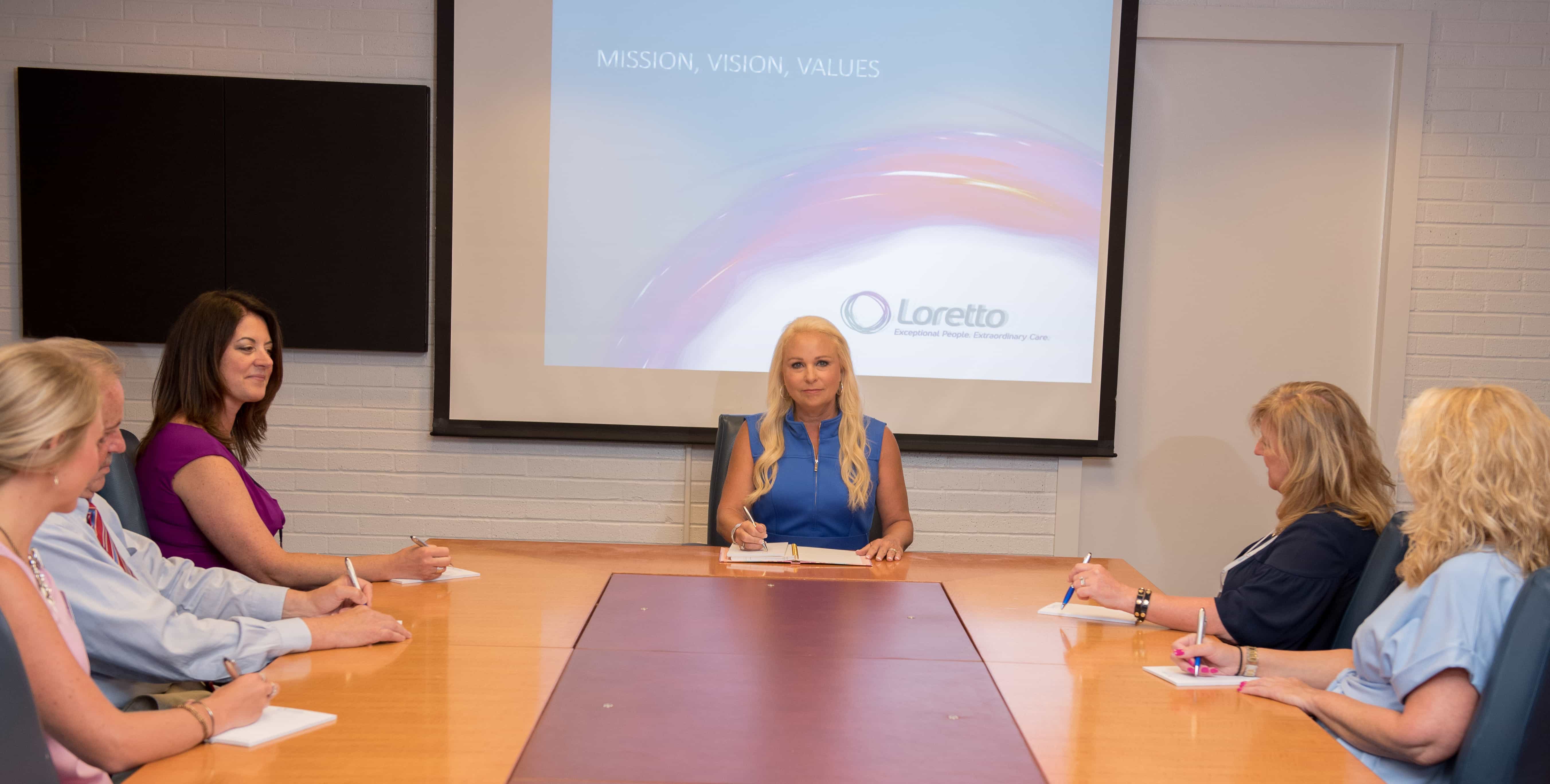When the Great Reckoning Meets the Great Resignation: How to Recruit and Retain Great People
The most recent jobs report found that job openings have reached a historic high of almost 11 million, with nine million people still jobless even after enhanced unemployment benefits ended on Labor Day. Of the 25 states that ended enhanced unemployment earlier this year, all found it had minimal impact on lowering its job openings, baffling employers, policy makers and economists.
Why are people choosing to remain unemployed while jobs are plentiful?
The explanation is complex, and it depends on where you look.
“The Great Reckoning” refers to the increased power that middle and lower wage earners now have as restaurants, hospitality and service sectors reopen after shutting their doors or scaling back operations during COVID. Employees in these sectors are asking themselves if the jobs they had with the wages they were paid are worth the challenges they will encounter when they reenter the workforce. Challenges include, but aren’t limited to: childcare issues due to day care closures, the uncertain prospect of a return to remote schooling, increased incidence of highly transmissible coronavirus variants, and vaccine mandates. Employees are balancing these challenges with all of the aspects of their jobs – how steady and how demanding were the hours? How long was the commute? How strenuous was the work? And how much was the wage? Some companies have responded by trying to sweeten the deal – Amazon is offering a free year of college tuition; McDonald’s is offering $17 an hour, short term counseling services and a 100% match of 401(k) up to 6% of pay—and still no luck securing staff.
Many of these employees are seeing new opportunities —in construction, transportation, healthcare and other industries. For example, commercial drivers make up to $26 an hour. Many lower and middle wager earners now see a launch pad to higher wages, steadier employment and more consistent schedules.
And then there is the knowledge worker. Sixty-five percent of US knowledge workers are looking for another job, a phenomenon known as “The Great Resignation.” According to Microsoft’s Work Trend Index, 20% of these employees feel that their employer does not care about their work-life balance and 54% report feeling overworked. Many of these workers are seeking jobs that allow them to continue to work virtually or in a hybrid model. A LinkedIn study reports that only 34% of employees recalled to work on-site have returned to work on site five days a week. And more people have reassessed their lives during COVID, and are now pursuing work more in alignment with their passion and purpose.
Given the highly competitive labor market, what can employers do to attract and retain the best talent?
According to the Engagement and Retention Report from the Achievers Workforce Institute (February 2021), the most successful employers are doing a few critical things. First, they present realistic job descriptions to ensure that candidates are a good fit both in terms of skillset and in terms of the culture. Successful employers also have strong onboarding, mentoring and career advancement prospects—candidates are eager to feel a quick sense of belonging, and they are eager to have a clear line of sight to their next promotion within the organization. Finally, job seekers are looking for flexibility and work-life balance—employers who understand and accommodate struggles with childcare, remote learning and other challenges they have faced through the COVID pandemic.
Is it a tall order for employers to shift their thinking from an employer-centric view to an employee-centric view? Yes, but that’s what we all need to do if we are going to be successful in an environment where The Great Reckoning meets The Great Resignation.

